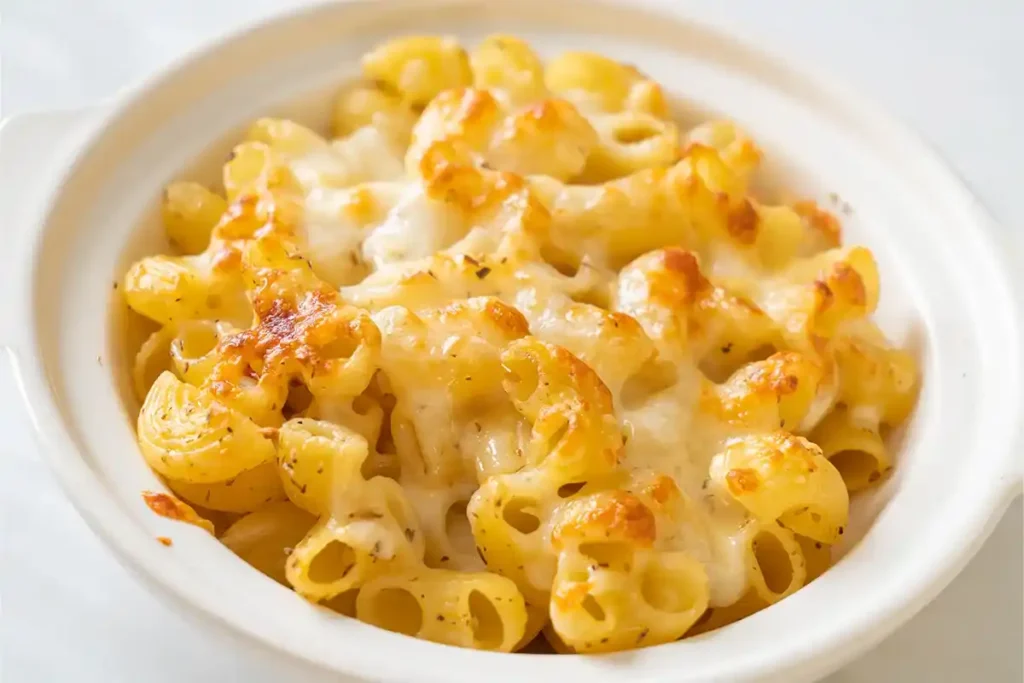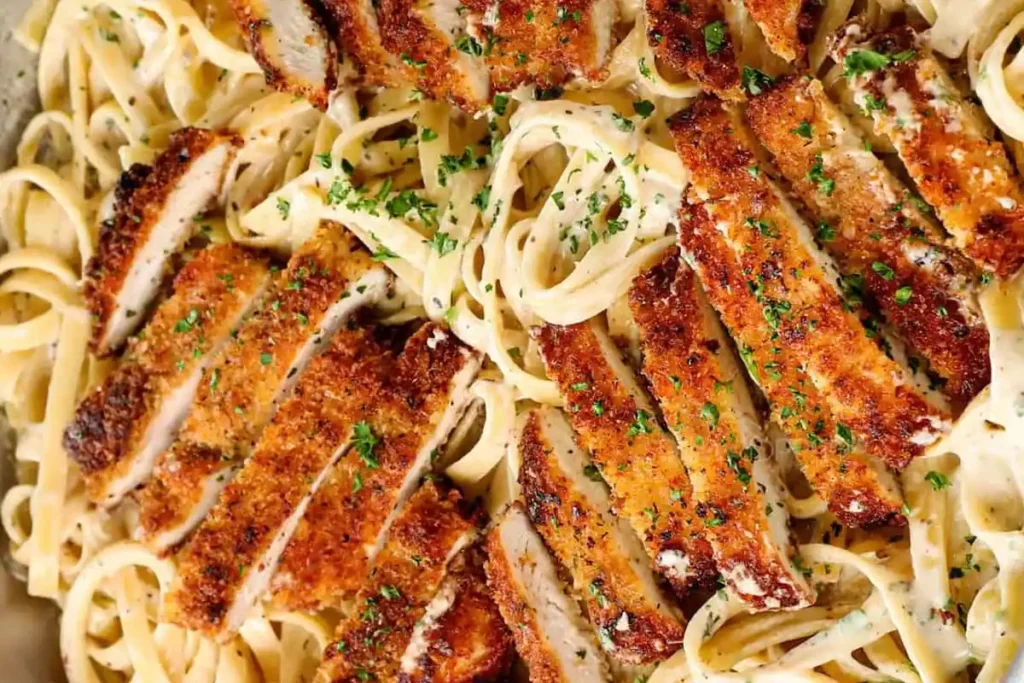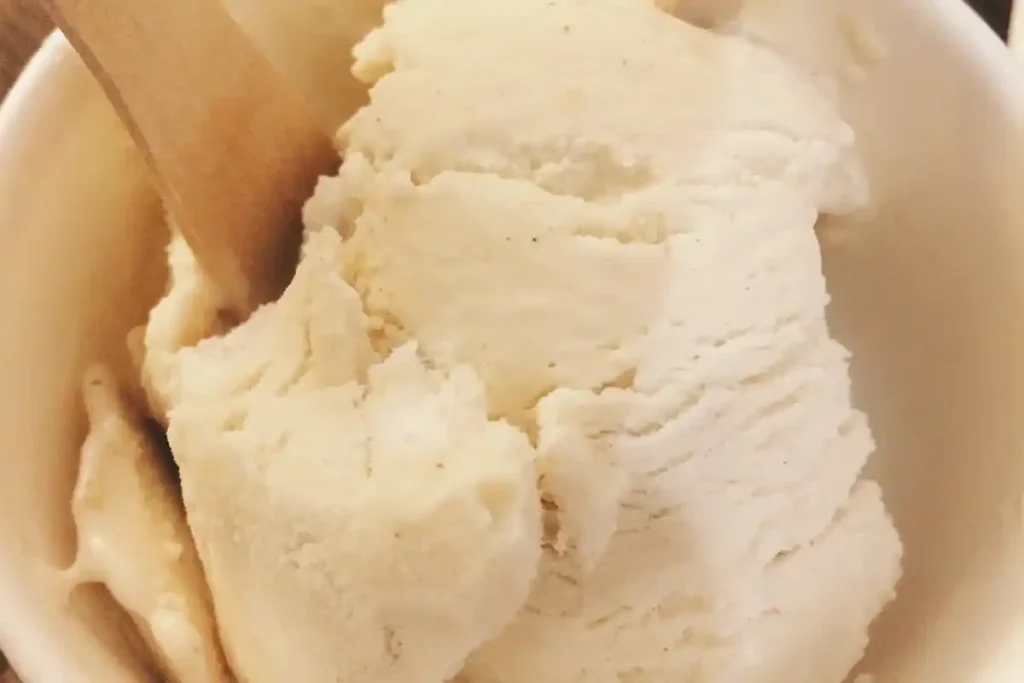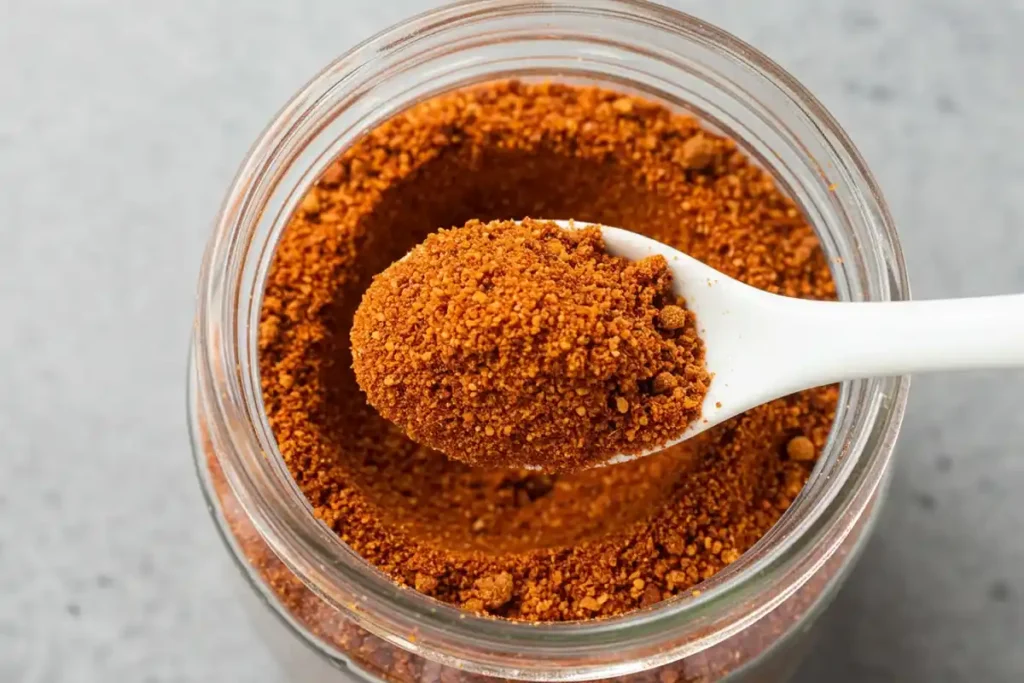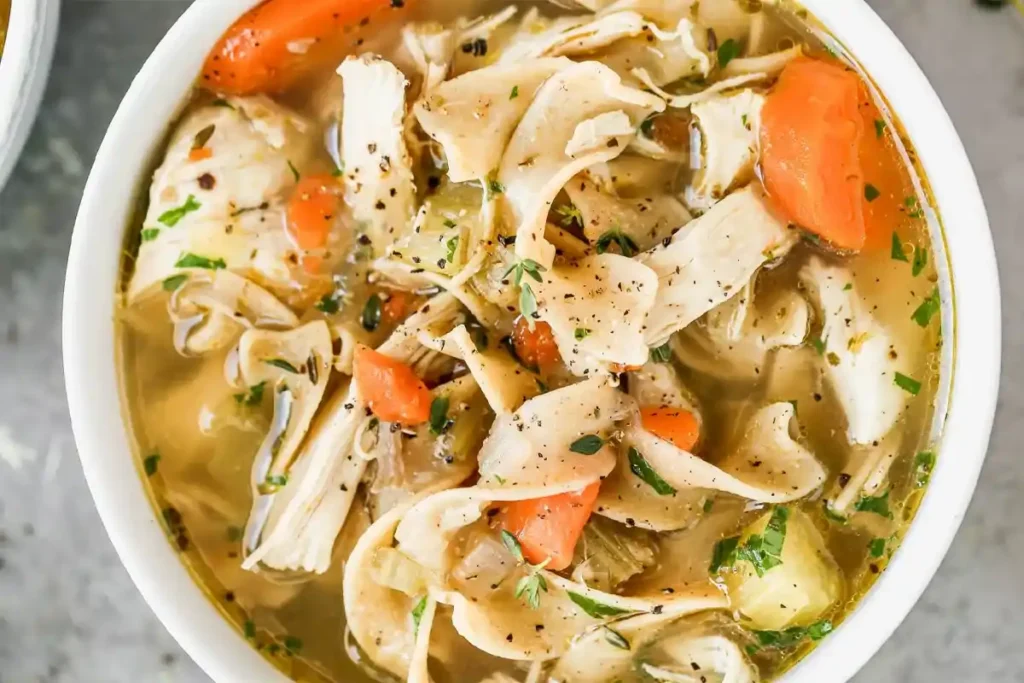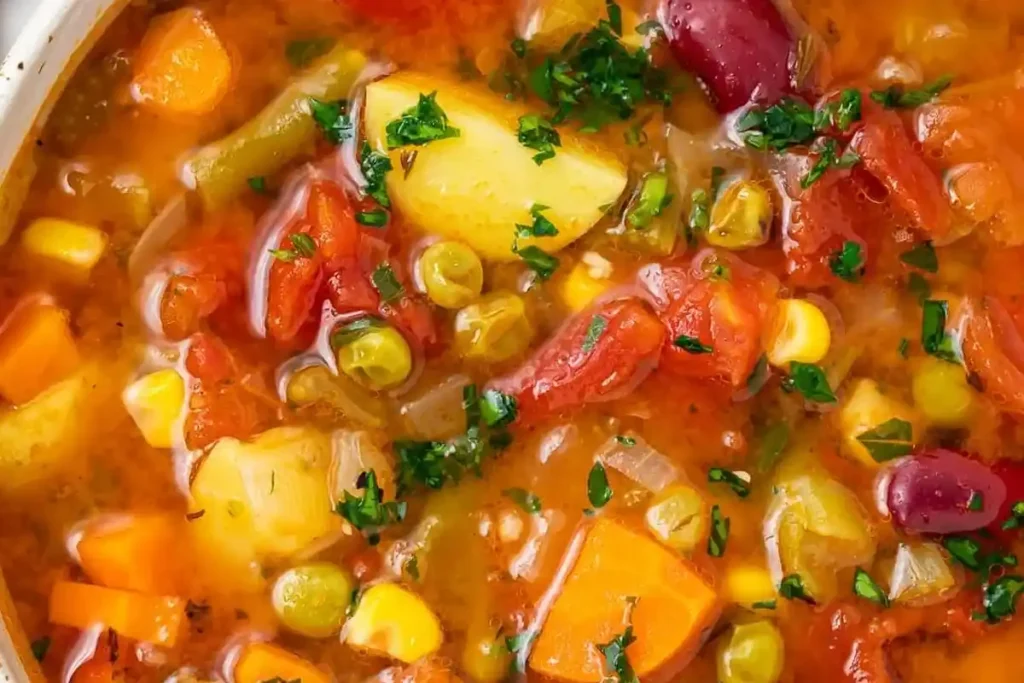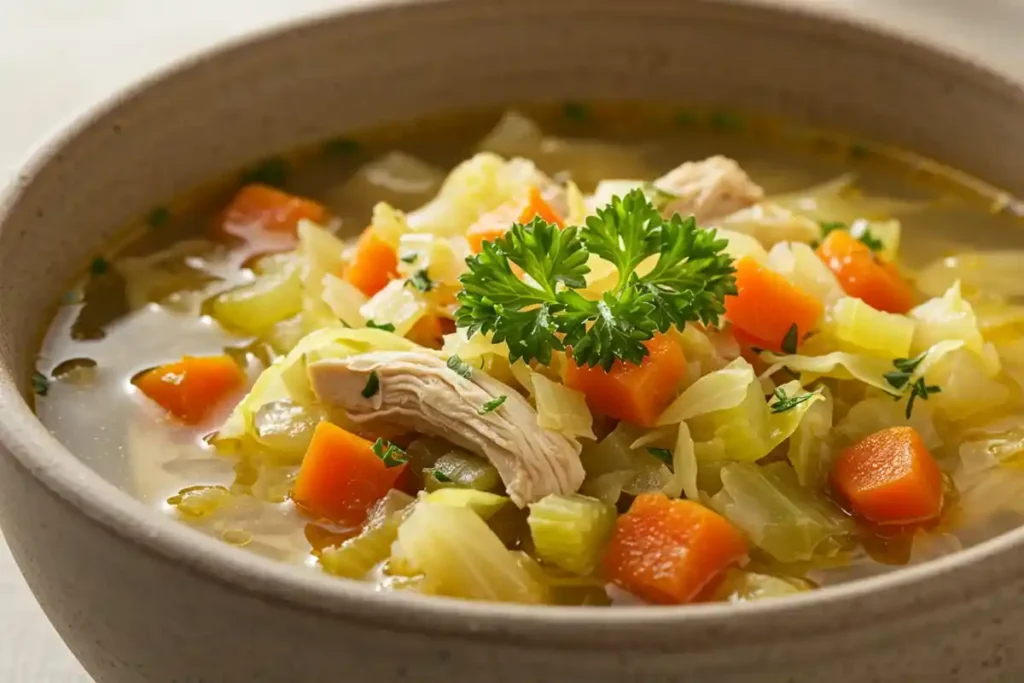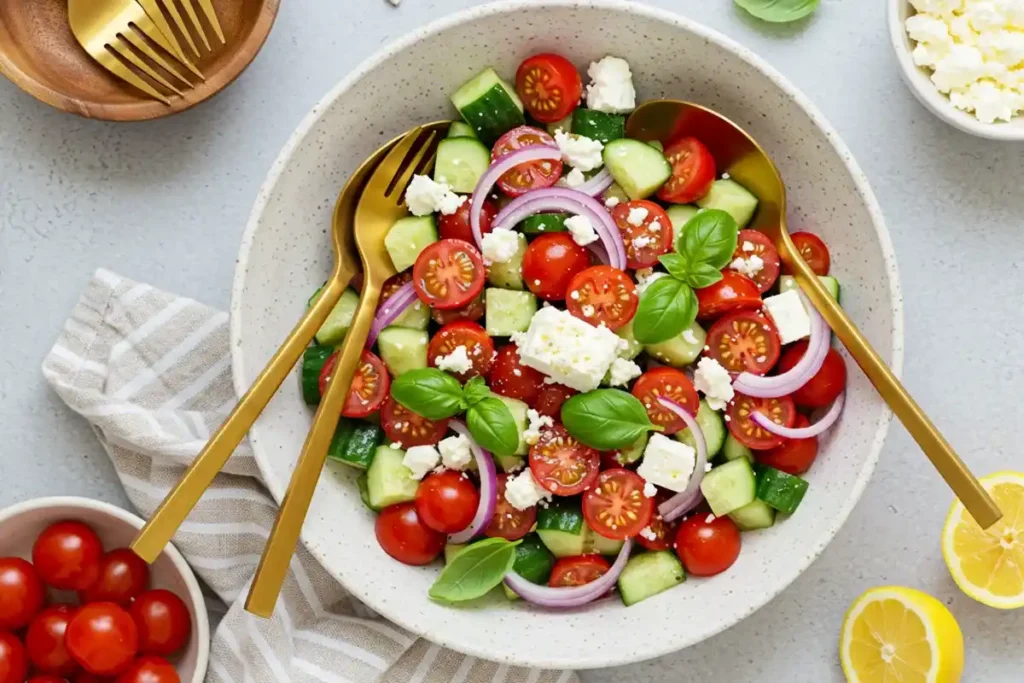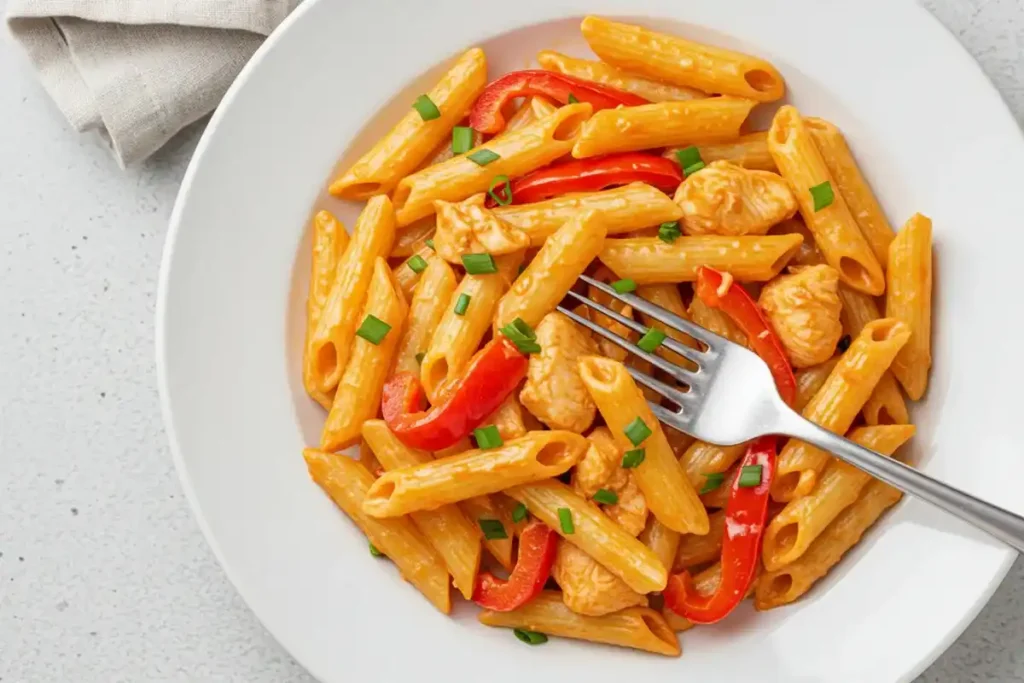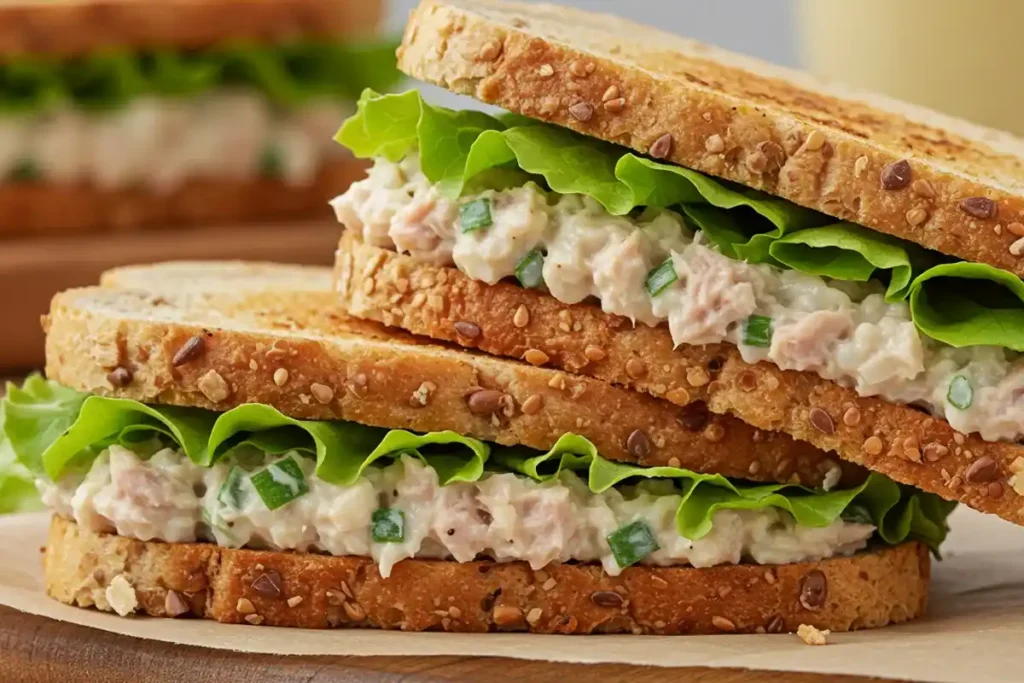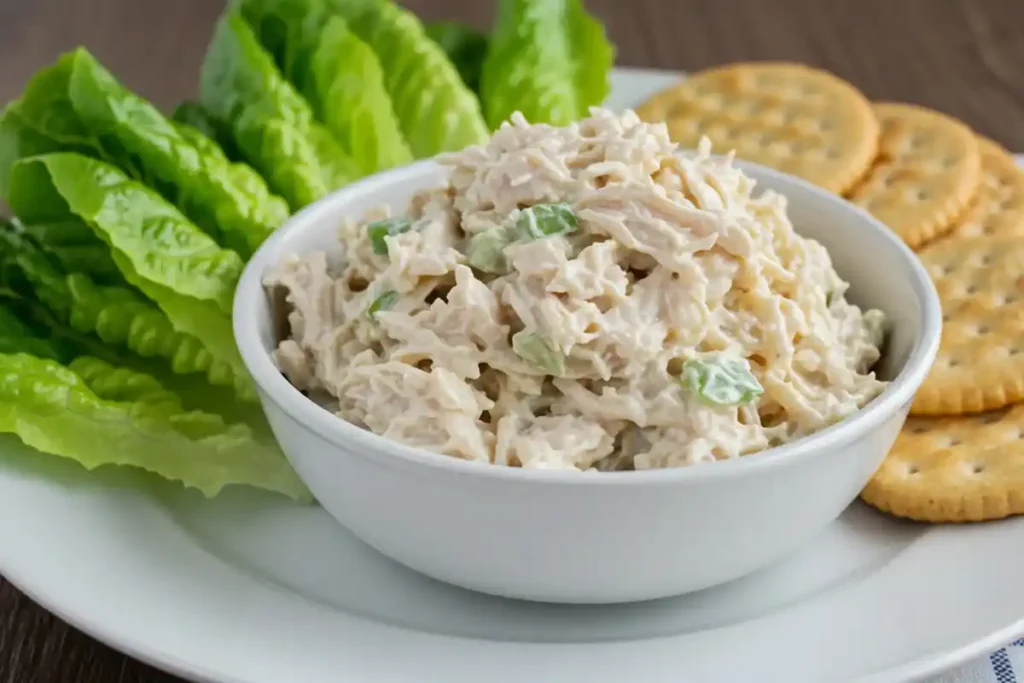I remember the first time my mom, who was an expert in the kitchen, made mac and cheese that was nothing short of extraordinary. It wasn’t the usual, run-of-the-mill mac and cheese; it was a masterpiece. My aunt, who always loved adding her personal touch to traditional dishes, was the one who introduced me to the idea that cheese could have layers upon layers of flavor. Since then, I have become obsessed with experimenting to elevate the flavor profile of mac and cheese, ensuring that each bite is packed with a rich, savory depth that keeps everyone coming back for more.
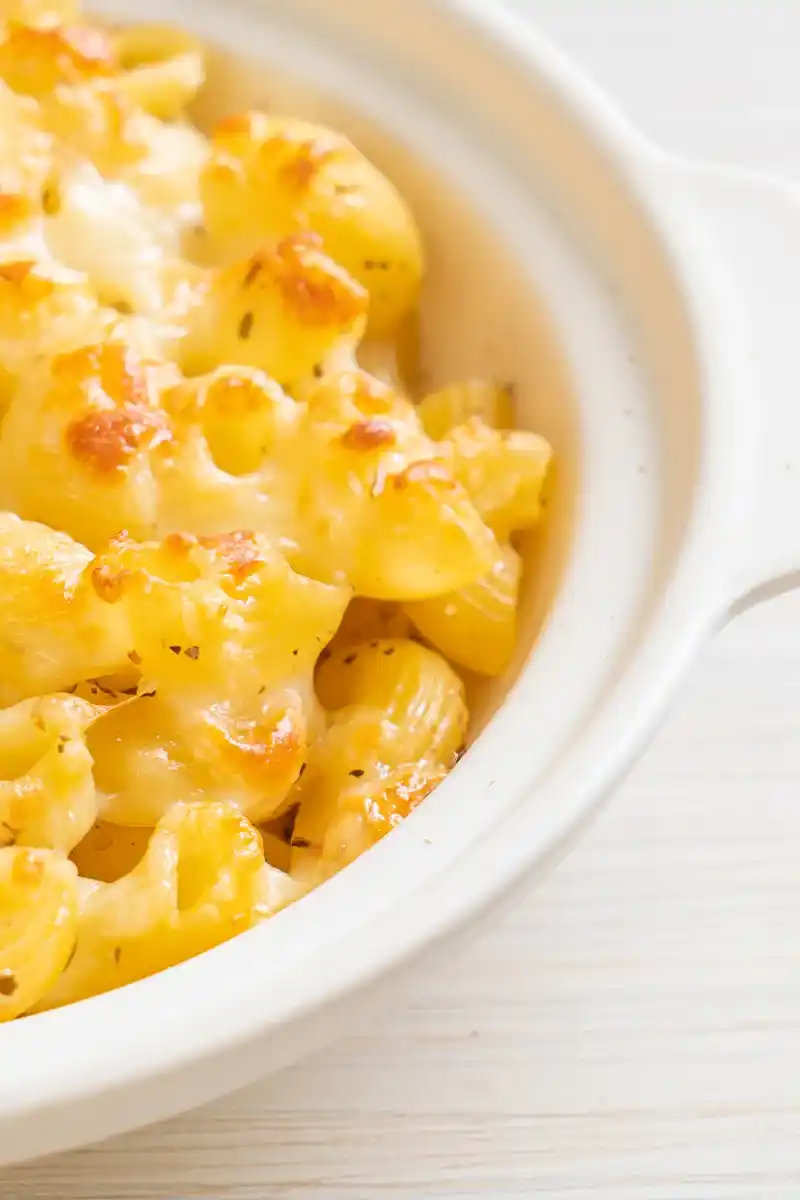
In this post, I will explore the ways to enhance the flavor of cheese in mac and cheese. This guide is designed for anyone looking to improve the traditional mac and cheese recipe, whether you’re a seasoned chef or just someone trying to impress family and friends with your cooking skills. Let’s dive in!
Understanding the Importance of Cheese in Mac and Cheese
Why Cheese Quality Matters in Mac and Cheese
When it comes to mac and cheese, the quality of the cheese you use can make all the difference. I learned early on that using pre-shredded cheese, though convenient, often lacks the creamy, luscious texture you get from freshly grated cheese. Moreover, mass-produced cheeses often have preservatives that may affect both texture and flavor.
Choosing high-quality cheese ensures that your sauce will be rich, smooth, and flavorful. For example, sharp cheddar, aged gouda, or a mix of Gruyère and Fontina can provide complex, deep flavors that make the dish stand out. The creaminess of the cheese should coat the pasta, and using the right cheese will make sure the flavors intensify as they meld with the béchamel sauce.
How the Right Cheese Blends Affect Flavor Profile
The cheese blend you choose is another crucial factor in creating a mac and cheese that’s both satisfying and flavorful. A blend of cheeses brings balance, offering a combination of sharpness, creaminess, and subtle tang. For instance, combining sharp cheddar for its bold flavor with a bit of parmesan for umami can create a nuanced, rounded taste. Gruyère or Fontina can add a touch of sweetness and nuttiness that enhances the overall flavor.
I like to think of it as layering flavors, much like when you layer spices in a curry—each cheese adds a unique layer of taste. By understanding which cheeses complement each other, you can create a more complex mac and cheese that resonates with both depth and brightness.
Selecting the Best Cheese for a Flavorful Mac and Cheese
What Type of Cheese Should You Use for Maximum Flavor?
If you’re looking to maximize flavor, you must first choose the right types of cheese. Not all cheeses are created equal when it comes to mac and cheese. In my experience, the best cheeses are those that melt well and offer a sharp or creamy profile. Some excellent choices include:
- Sharp Cheddar: Offers a strong, tangy flavor and melts beautifully.
- Gruyère: A Swiss cheese that adds a sweet and slightly nutty taste, which is perfect for a sophisticated mac and cheese.
- Fontina: Known for its smooth, creamy texture, Fontina adds a mild and buttery flavor.
- Parmesan: This hard cheese provides a salty, nutty taste that can enhance the depth of your dish.
These cheeses provide a solid foundation of flavor that ensures your mac and cheese is far from bland. Avoid overly soft cheeses like Brie unless you are using them as accents, as their mild flavors might not stand up to the strong flavors of other cheeses.
How Combining Different Cheeses Enhances the Taste of Your Mac and Cheese
One of my favorite things to do when preparing mac and cheese is to mix different types of cheese. Combining cheeses with varying textures and flavors creates a more complex sauce. For instance, blending sharp cheddar with smooth Gruyère and a bit of parmesan results in a combination of tanginess, creaminess, and umami.
Here are some common cheese pairings that work well together:
- Cheddar and Gruyère: The sharpness of cheddar contrasts nicely with the sweet, nutty flavor of Gruyère.
- Cheddar and Mozzarella: The reliability of mozzarella combines perfectly with the sharpness of cheddar for a creamy, smooth texture.
- Fontina and Parmesan: Fontina’s creamy richness is complemented by the nutty saltiness of Parmesan.
By experimenting with different combinations, you can customize your mac and cheese to suit your taste preferences and elevate the overall flavor profile.
Techniques to Enhance Cheese Flavor in Mac and Cheese
Toasting Cheese for Depth of Flavor
One technique that truly enhances the flavor of cheese in mac and cheese is toasting the cheese before adding it to the sauce. When cheese is toasted or lightly browned, it develops a deeper, more intense flavor. This method works especially well for cheeses like Gruyère or even aged cheddar. The caramelization process adds a layer of nuttiness and complexity, giving your mac and cheese a richer flavor profile.
I remember the first time I tried this method—I used a mix of Gruyère and sharp cheddar. After toasting them in a hot pan, I added them to my béchamel sauce, and the result was a creamy, flavorful sauce with a beautifully rich depth that I had never tasted before in mac and cheese. It’s a technique I now swear by!
Using Cheese with a Stronger Profile
Another way to enhance the flavor of your mac and cheese is by using cheeses with a stronger, more pungent flavor. Cheeses such as blue cheese, smoked Gouda, or aged parmesan can elevate the taste of your dish in a remarkable way. A little goes a long way—incorporating these cheeses sparingly can bring the dish to new heights without overwhelming the overall flavor.
Incorporating a small amount of blue cheese, for instance, creates a unique contrast with the creamy cheddar base, adding a tangy, sharp bite that excites the palate. The trick is to balance the bold flavors with the milder cheeses so that one doesn’t overpower the other.
Adding Cheese at the Right Temperature to Preserve its Flavor (H3)
The temperature at which you add the cheese also matters in maintaining its optimal flavor. When cheese is heated too quickly or at too high a temperature, it can separate, leading to an oily or grainy texture. To prevent this, I always make sure that the cheese is added at a moderate temperature, ideally when the sauce is just below boiling. This preserves the smoothness and creaminess of the cheese, allowing it to fully integrate into the sauce and maintain its flavor.
Complementary Ingredients to Intensify Cheese Flavor
Seasoning to Boost Cheese Flavor: Nutmeg, Cayenne, and Beyond
Seasoning is crucial in bringing out the best in your mac and cheese. Nutmeg and cayenne pepper are often used in mac and cheese recipes to provide warmth and a subtle spice that enhances the richness of the cheese. Nutmeg adds a slightly sweet, aromatic note that complements the creamy texture, while cayenne brings a bit of heat that balances the richness of the cheese sauce.
In my experience, a pinch of freshly grated nutmeg and a dash of cayenne can completely transform the flavor profile of your mac and cheese. It’s an easy yet powerful way to amplify the taste of the cheese.
How to Incorporate Aromatic Herbs and Spices for an Extra Punch
Adding fresh herbs and spices can further elevate the flavors of your mac and cheese. Consider using thyme, rosemary, or fresh parsley to add an aromatic lift to the dish. Garlic powder or onion powder can also bring a savory undertone that complements the cheese perfectly.
For example, I once made mac and cheese with a touch of rosemary and garlic, and the flavors were perfectly balanced. The rosemary added an earthy, pine-like flavor that was the perfect complement to the creamy cheese sauce.
How Adding Mustard or Horseradish Can Deepen Cheese Flavor
Mustard, whether in the form of dry mustard powder or prepared mustard, adds a sharp tang that balances the richness of the cheese. Similarly, horseradish can introduce a pungent, spicy note that works exceptionally well with sharp cheeses like cheddar. These ingredients bring an unexpected complexity to mac and cheese, making the dish stand out with each bite.
How to Adjust Cooking Techniques for Richer Cheese Taste
Why Simmering Your Cheese Sauce Helps Develop Flavor
Simmering your cheese sauce allows the flavors to meld together. I’ve found that the longer I let the sauce cook at a low temperature, the more the cheese develops its flavor. This slow cooking process allows the cheese to infuse the sauce with its richness, creating a smoother, more flavorful sauce that coats the pasta beautifully.
The Importance of the Right Pasta Texture in Flavor Enhancement
The texture of your pasta also plays a crucial role in enhancing the flavor of your mac and cheese. I prefer using ridged pasta, such as cavatappi or penne, because the ridges allow the cheese sauce to cling to the noodles better. This way, every bite of pasta is coated with a rich, cheesy sauce, maximizing the flavor in each mouthful.
How Baking Mac and Cheese Can Intensify the Cheese Flavor
Baking mac and cheese after it has been assembled not only adds texture but can also intensify the cheese flavor. The cheese sauce becomes thicker and richer as it bakes, and the top layer of cheese develops a crispy, golden crust that adds a delightful contrast to the creamy interior.
Related Recipes
- Crispy Cottage Cheese Air Fryer Baked Potato Skins Recipe
- Tini’s Mac and Cheese Recipe: A Comfort Food Favorite
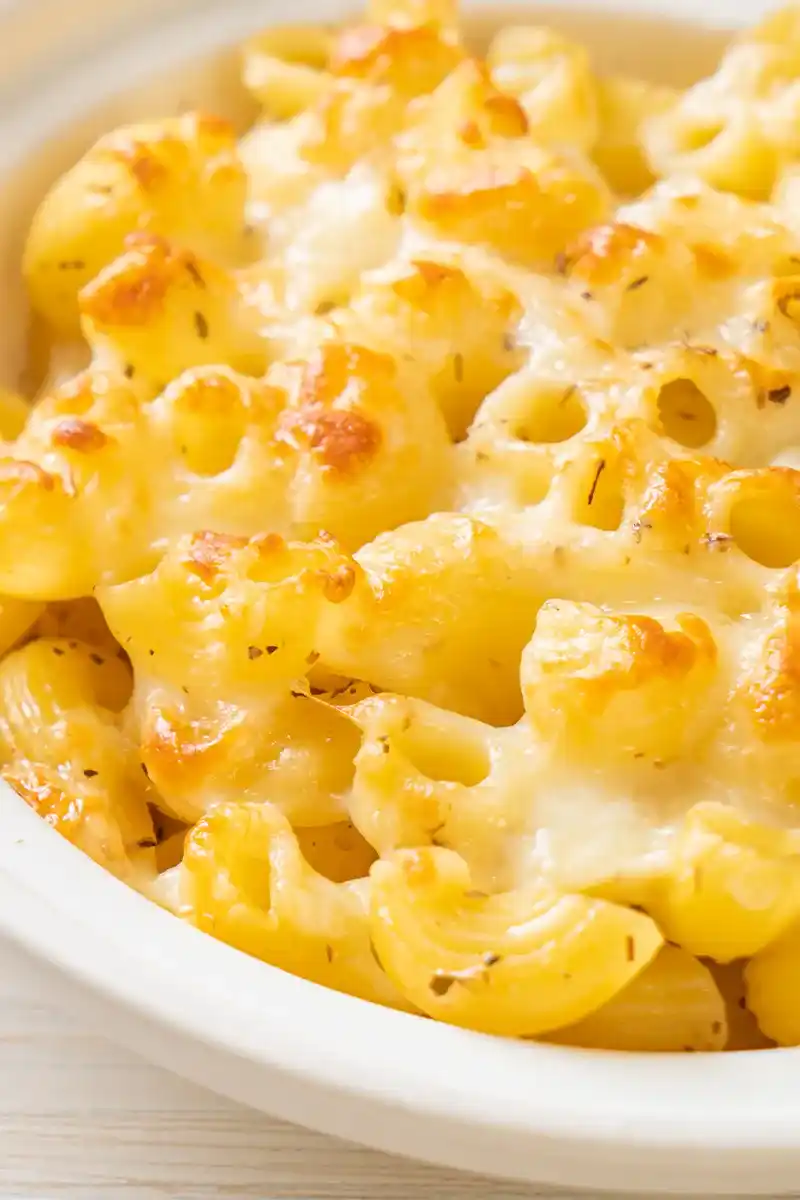
FAQs on Enhancing Cheese Flavor in Mac and Cheese
How do you enhance the flavor of cheese in mac and cheese?
Enhancing the flavor of cheese in mac and cheese starts with choosing high-quality cheeses and experimenting with blends. Incorporating seasoning such as nutmeg, cayenne, and mustard can also add depth to the flavor profile. Toasting or adding stronger cheeses like blue cheese can bring even more richness.
How to add more flavor to mac and cheese?
To add more flavor, try experimenting with different cheese blends, seasoning with aromatic herbs and spices, and incorporating ingredients like horseradish or mustard. Baking the dish and using the right pasta texture will also ensure that the flavor is evenly distributed.
What can I add to mac and cheese to make it tastier?
Incorporating mix-ins like caramelized onions, garlic, or even crispy bacon can bring additional flavor to mac and cheese. Experimenting with various cheese combinations and seasonings can further elevate the taste.
How do you intensify cheese flavor?
To intensify cheese flavor, use cheeses with strong profiles, such as sharp cheddar or Gruyère. Toasting or simmering the cheese sauce helps develop its flavor while adding seasonings like cayenne or mustard can also amplify the taste.
